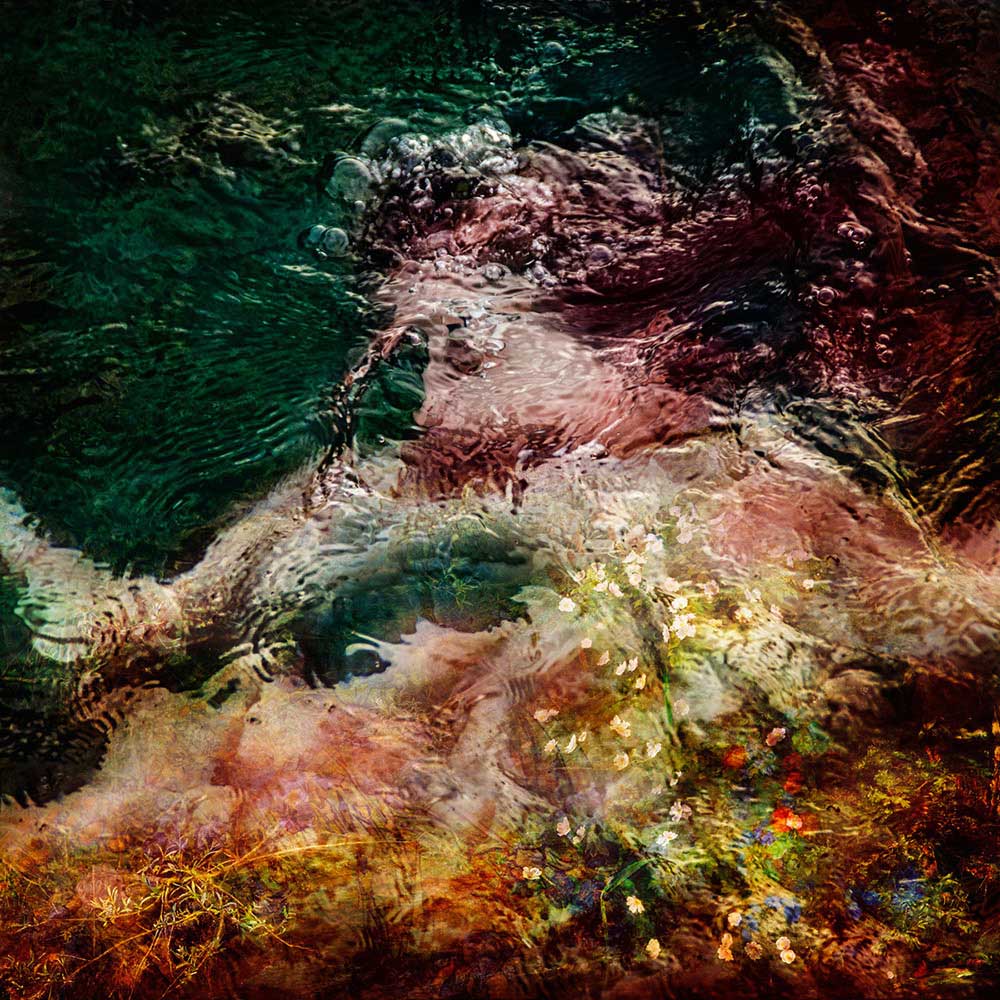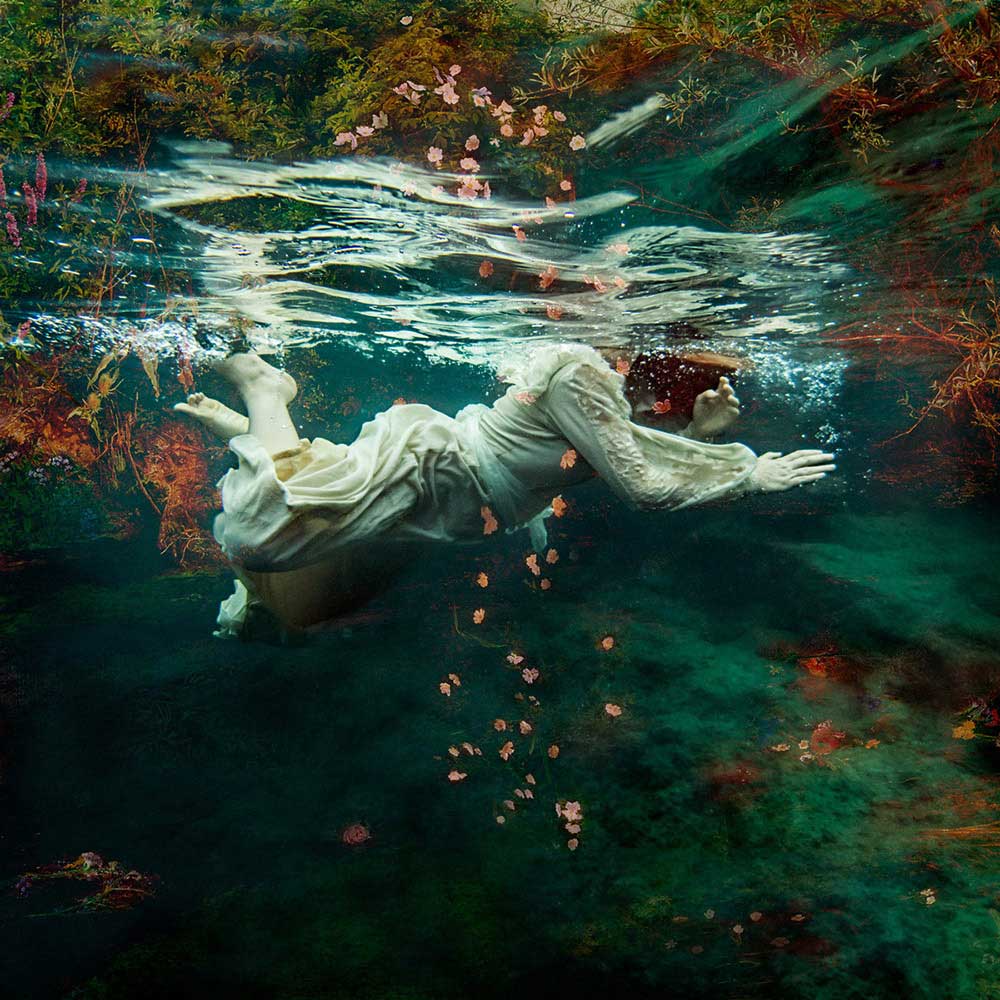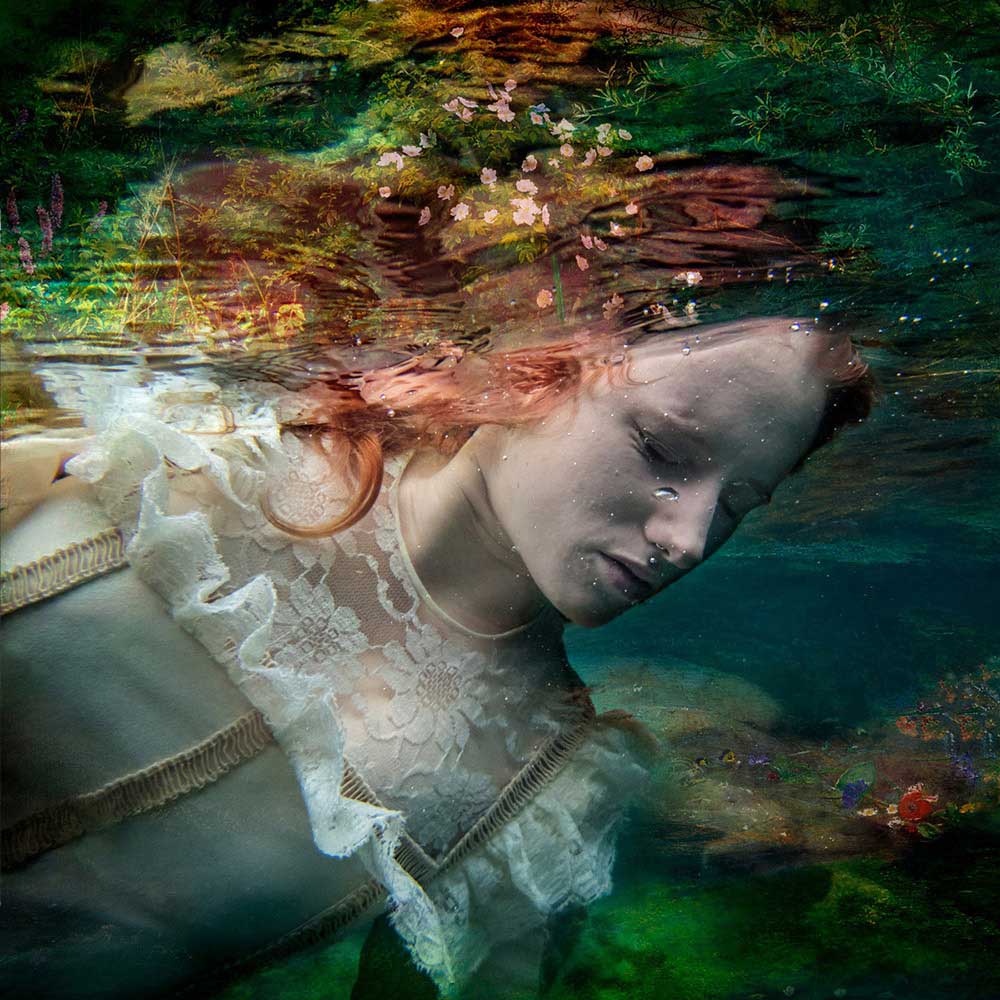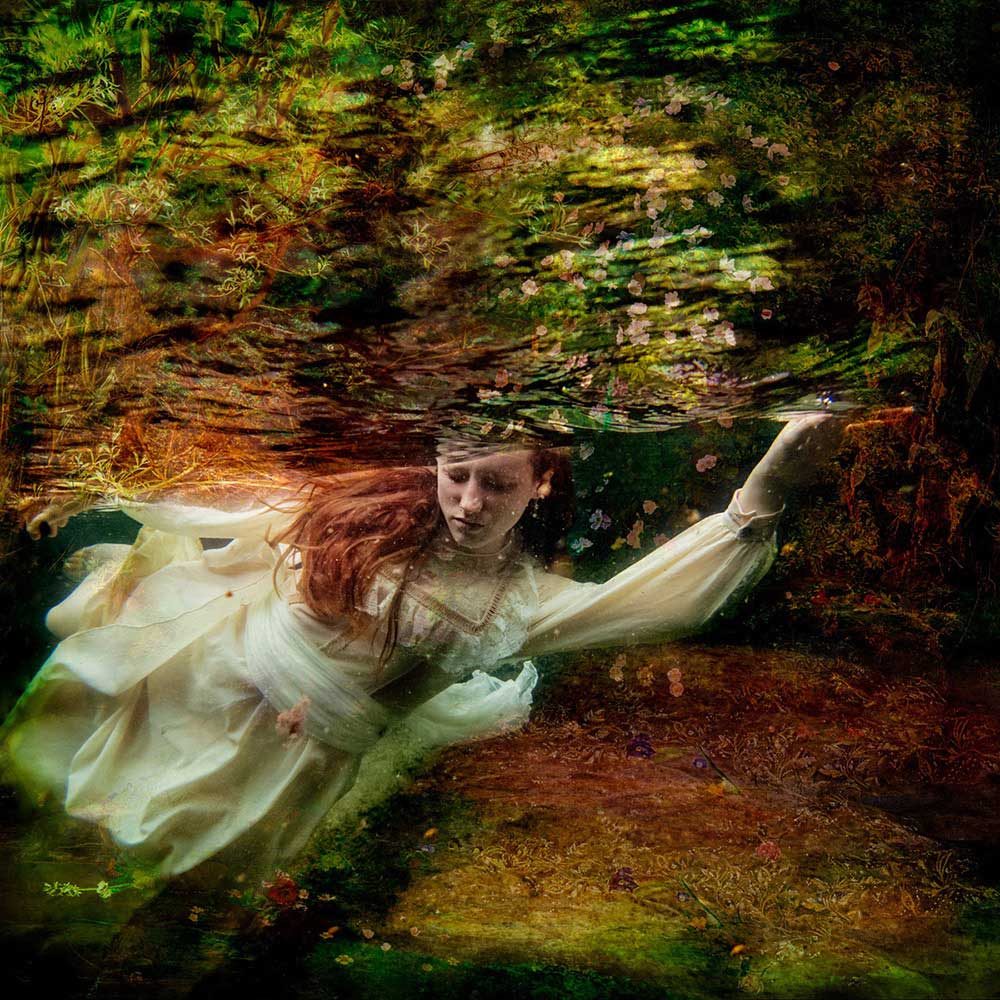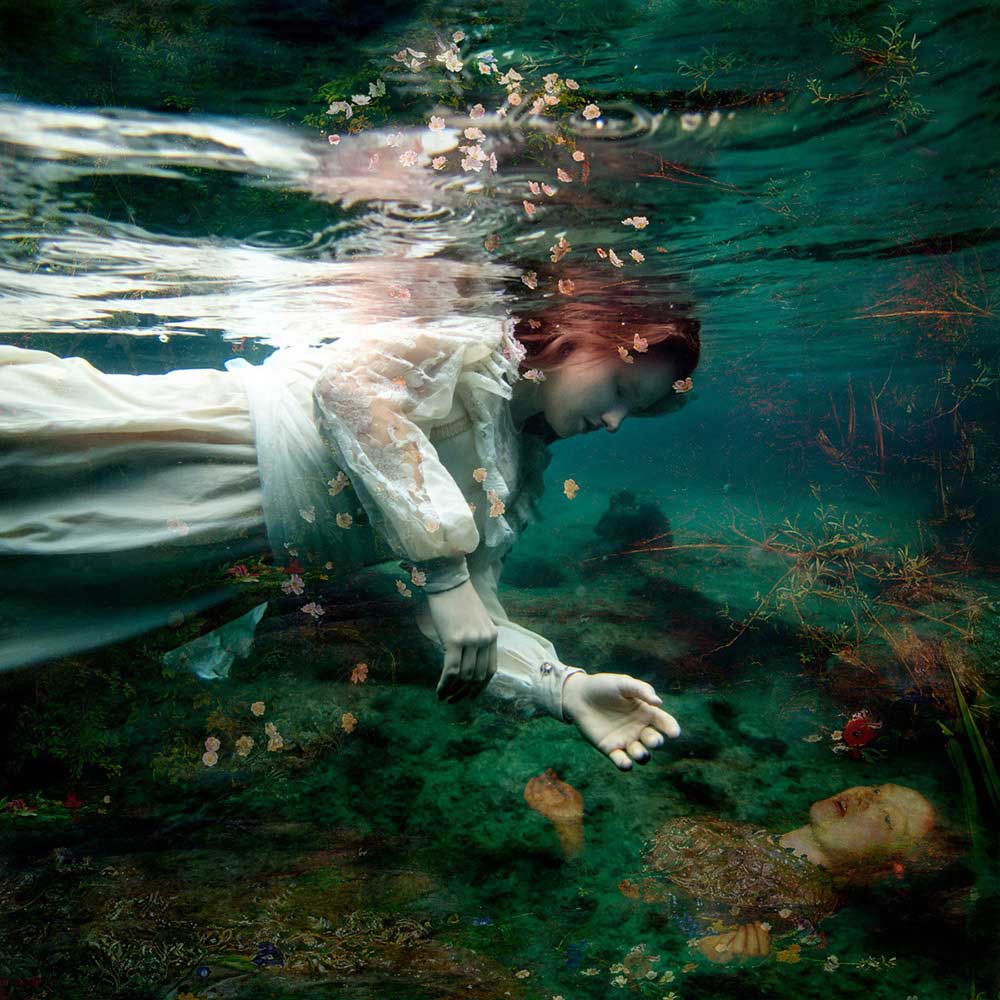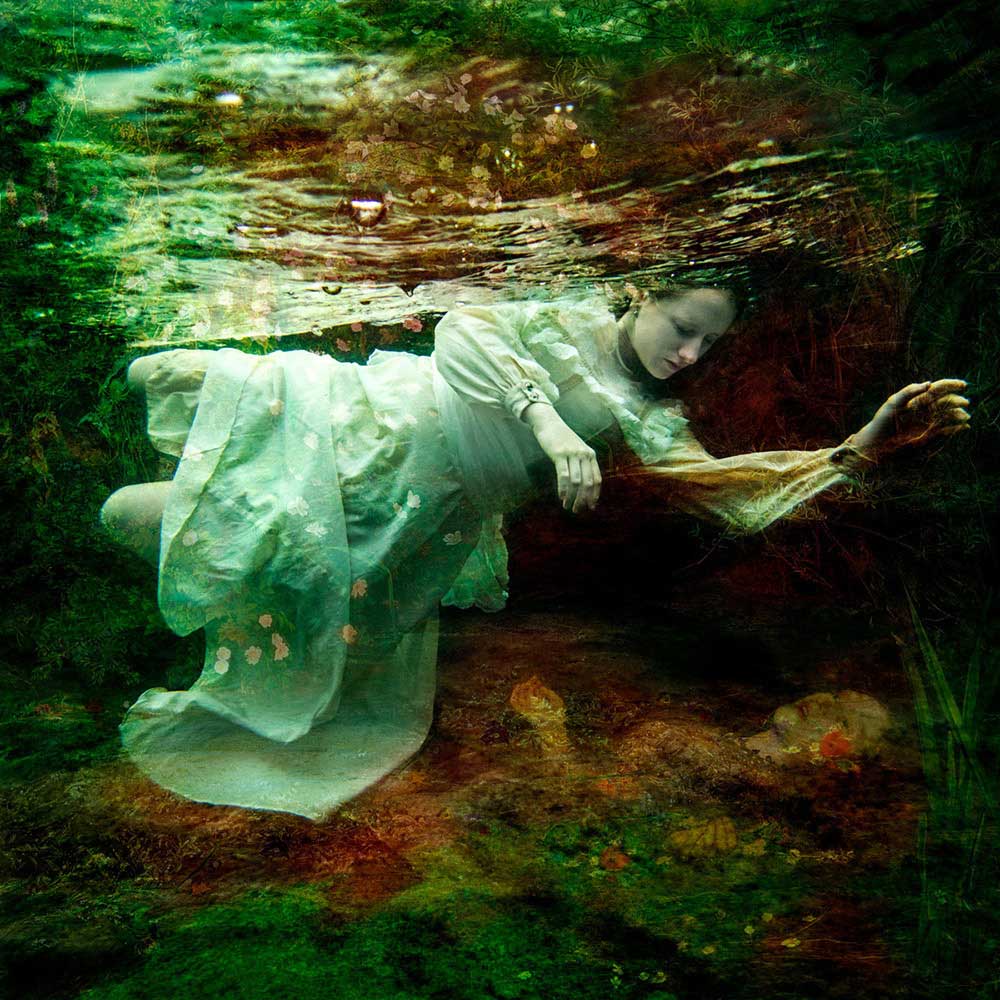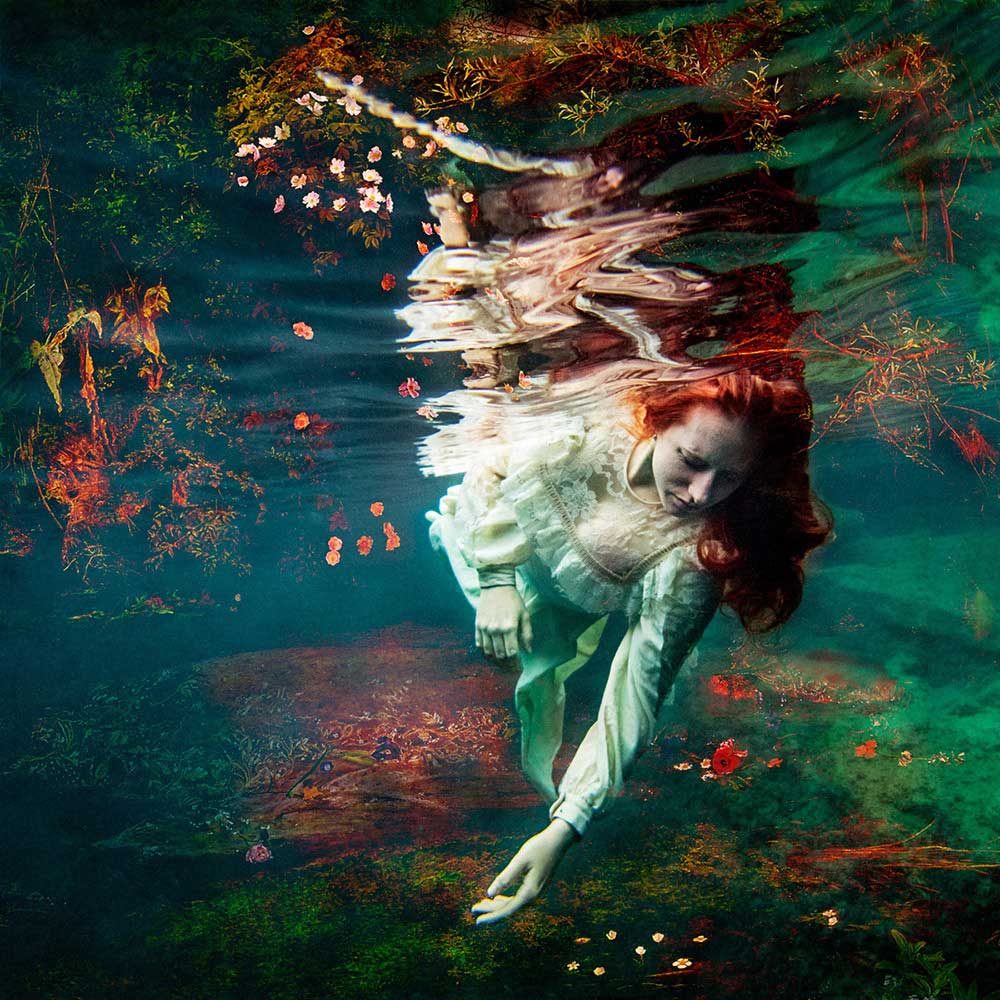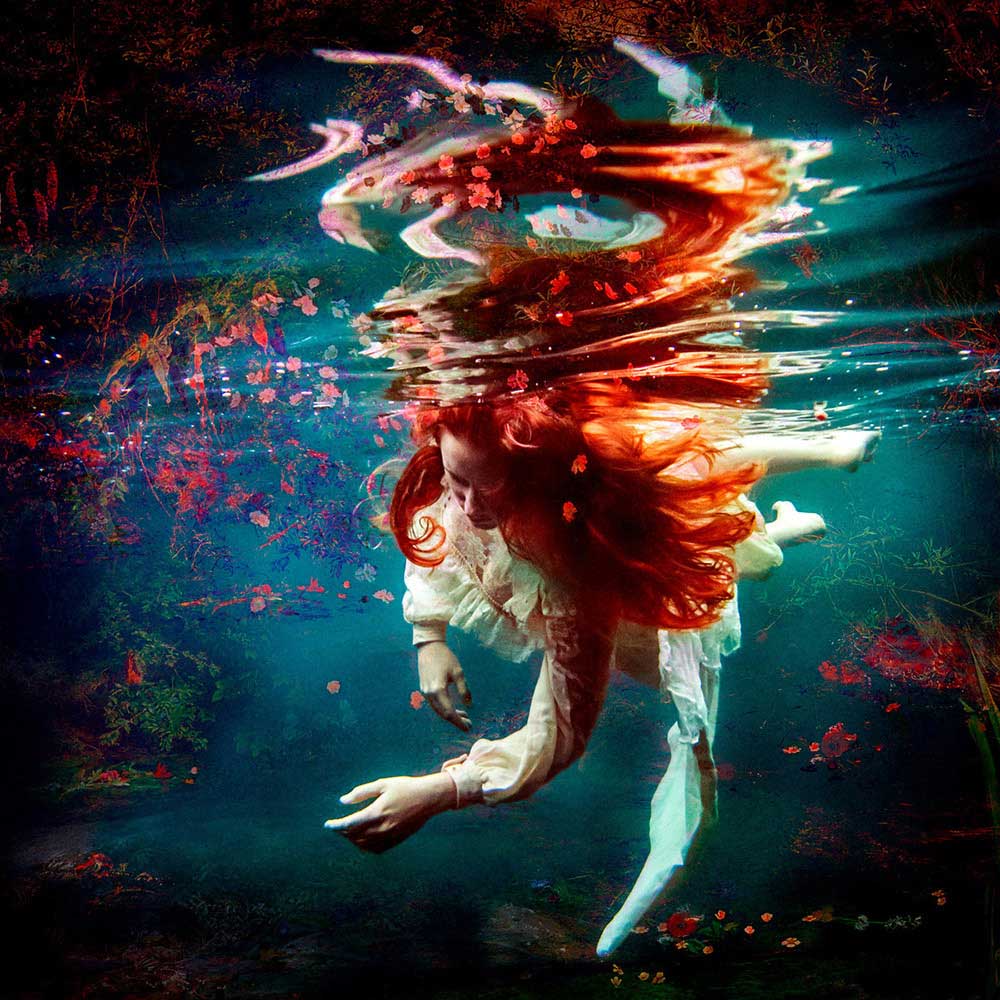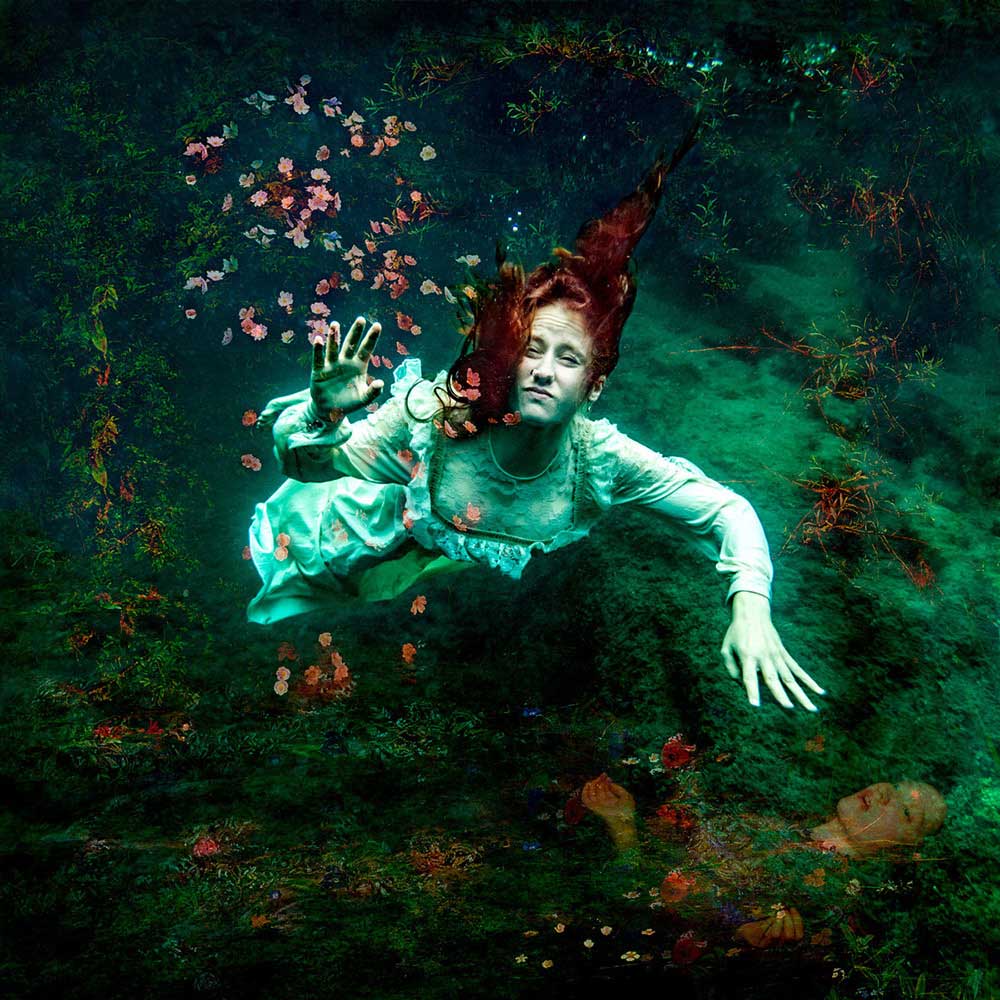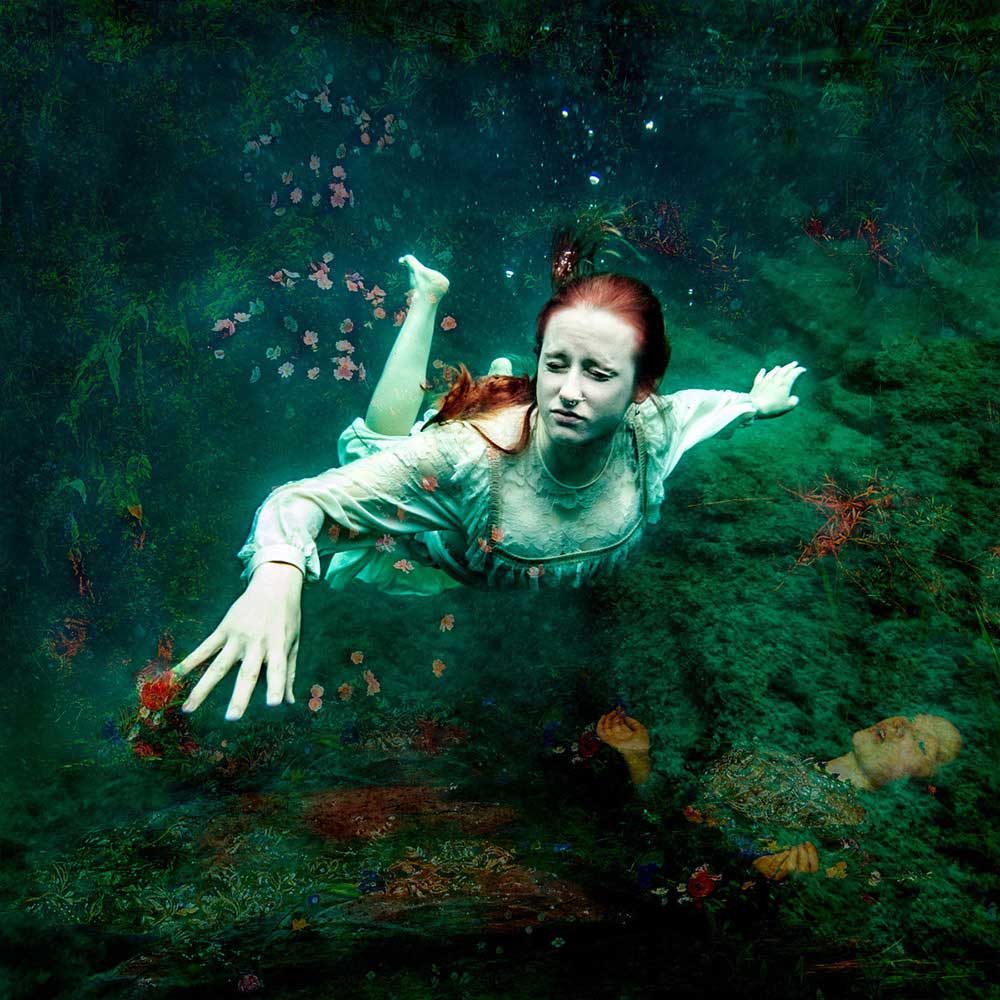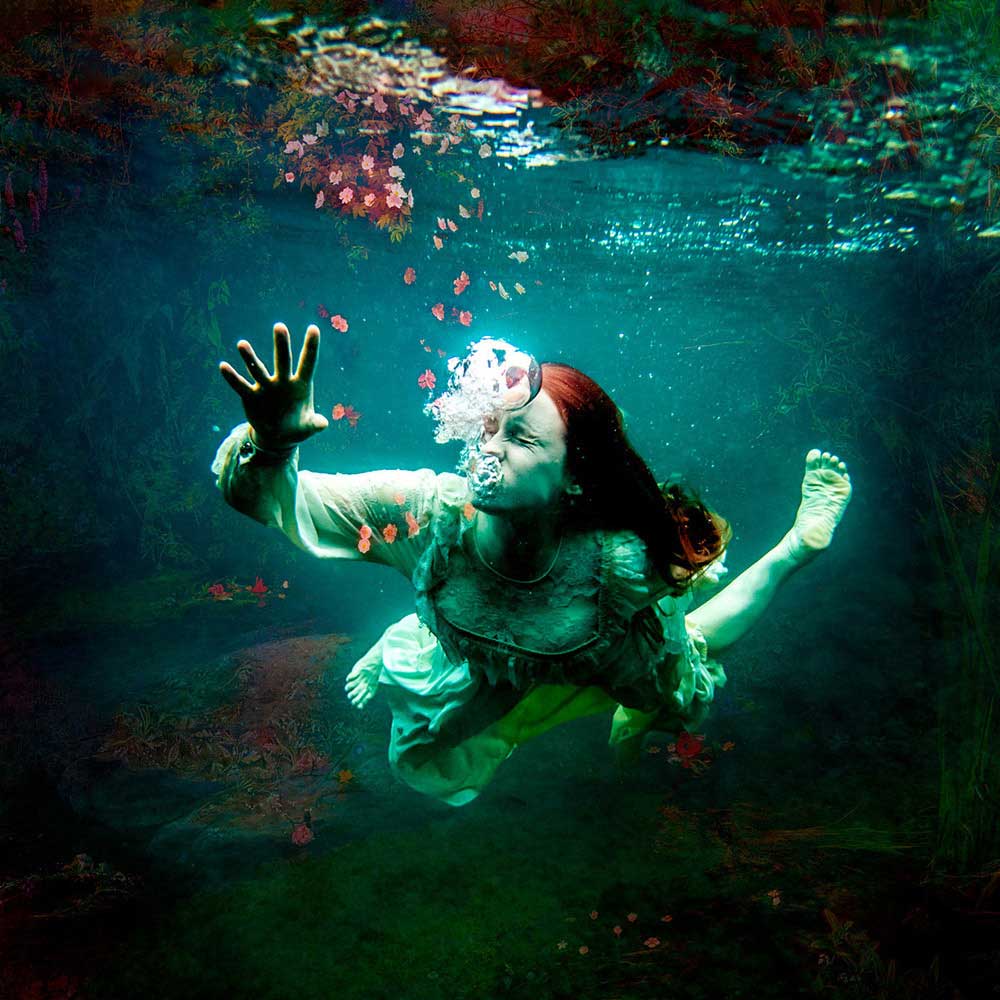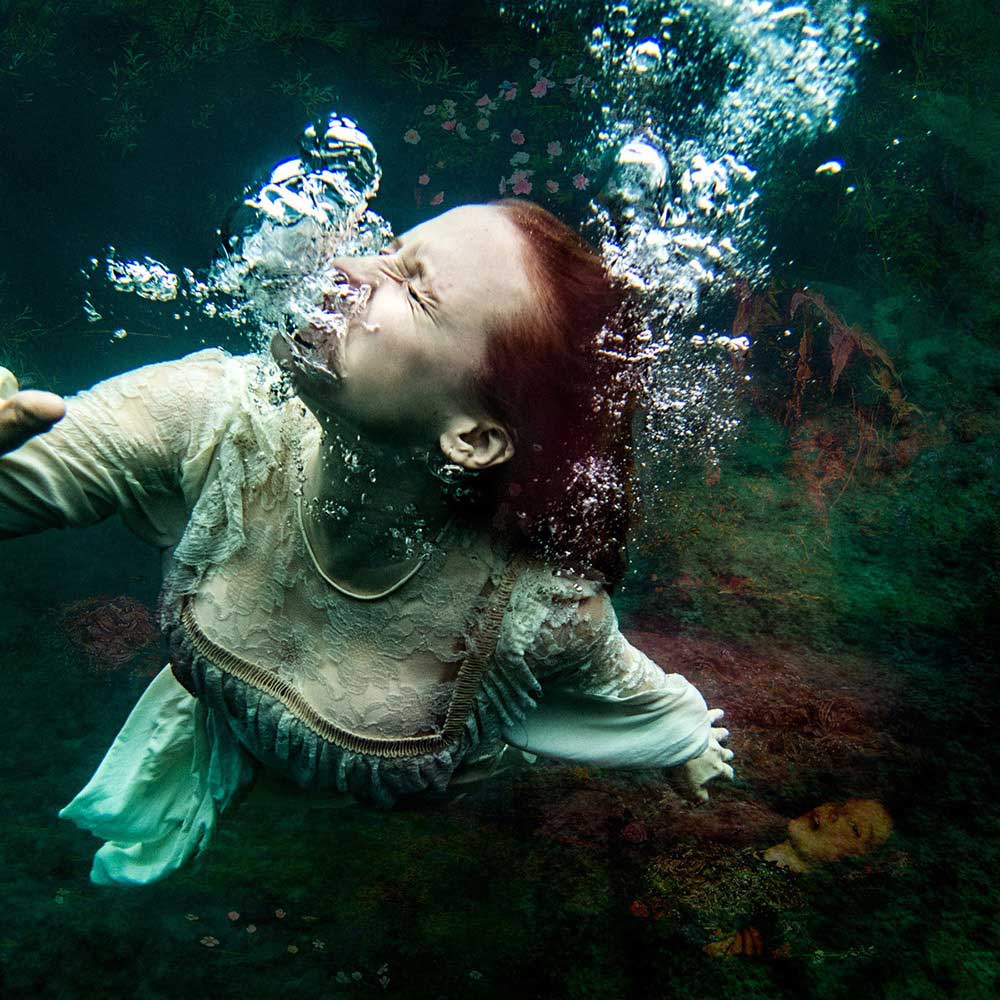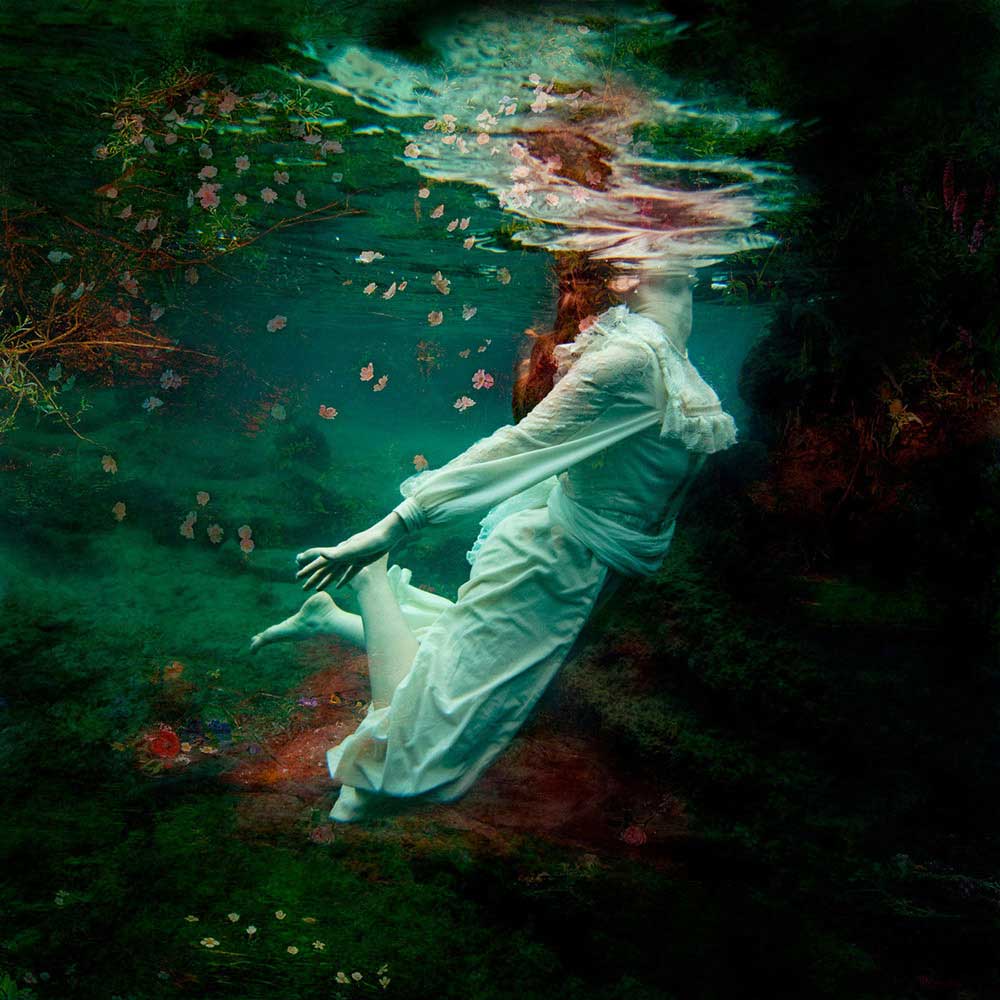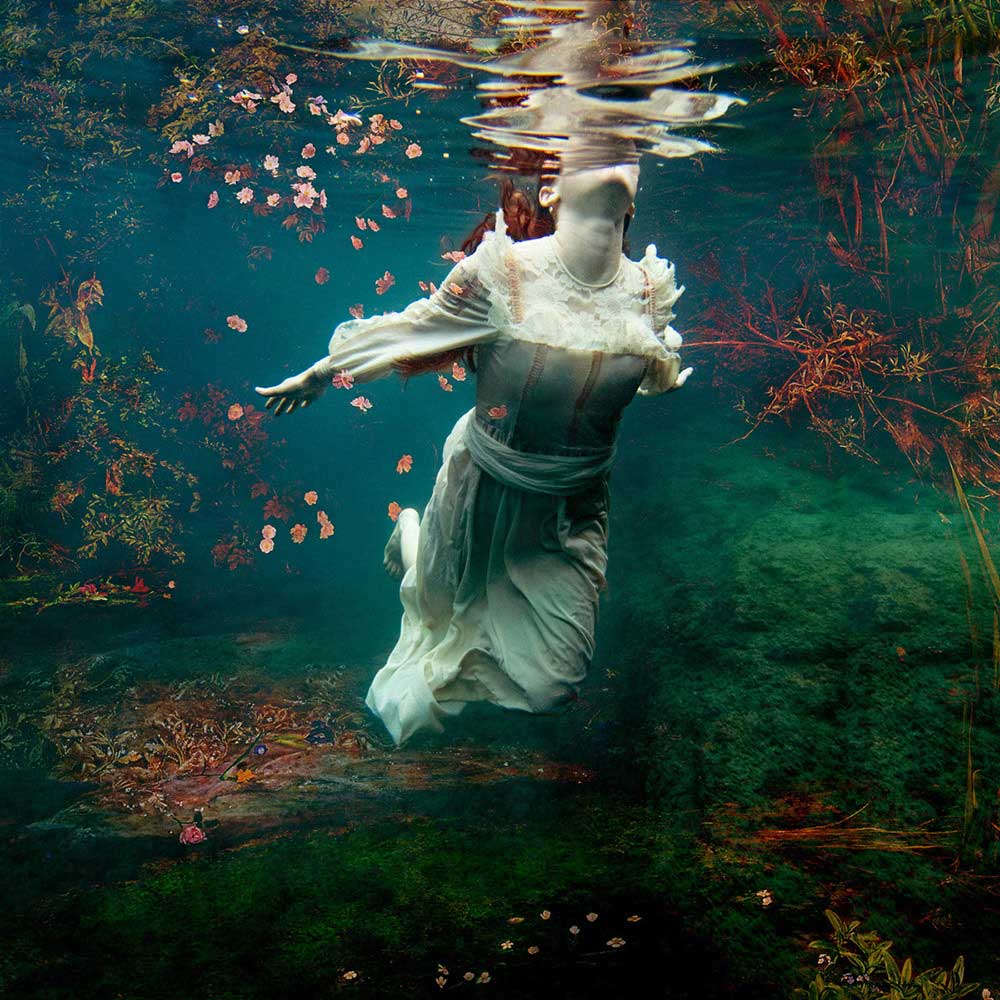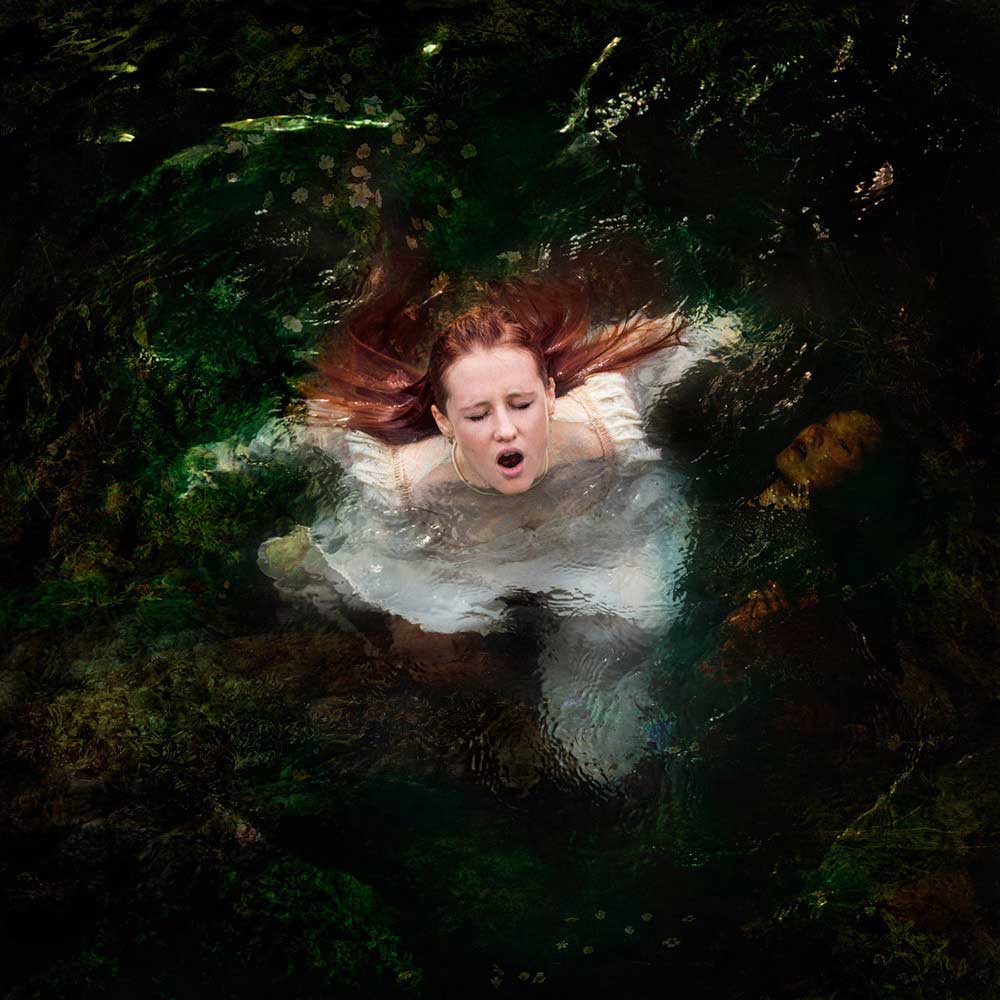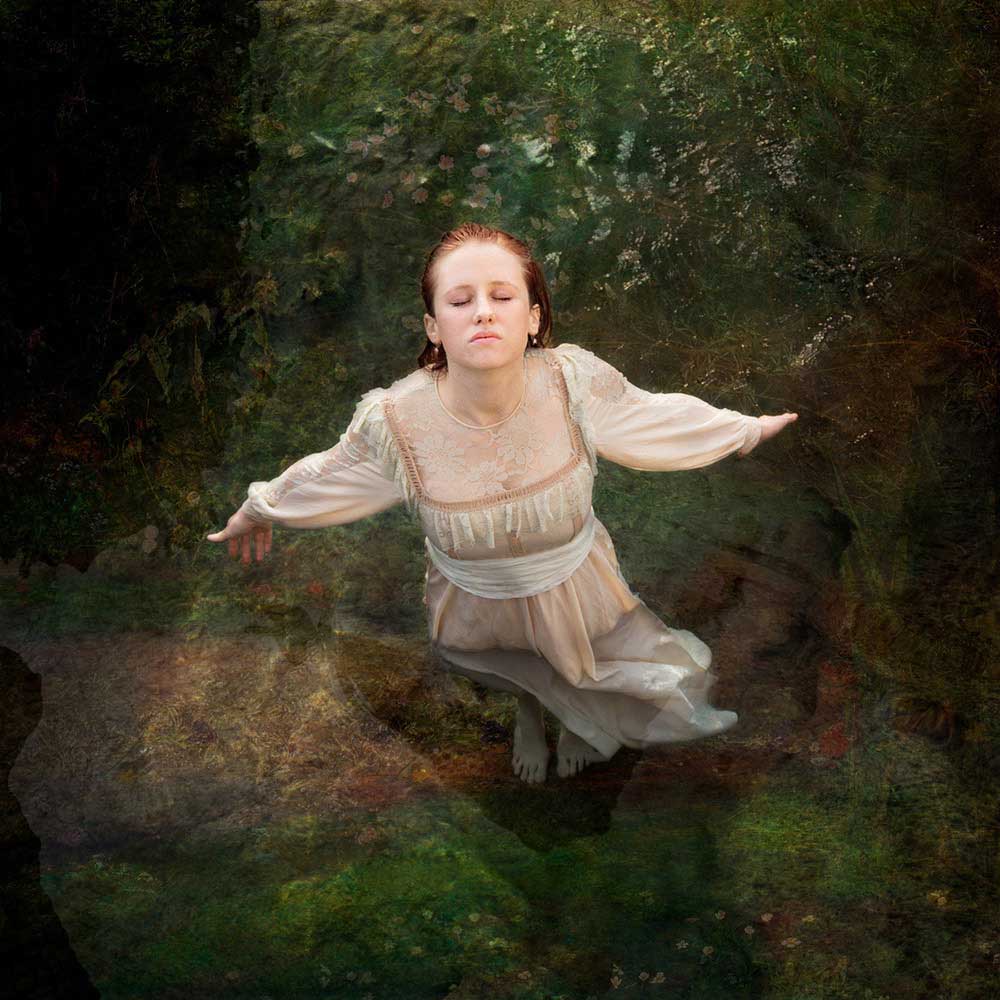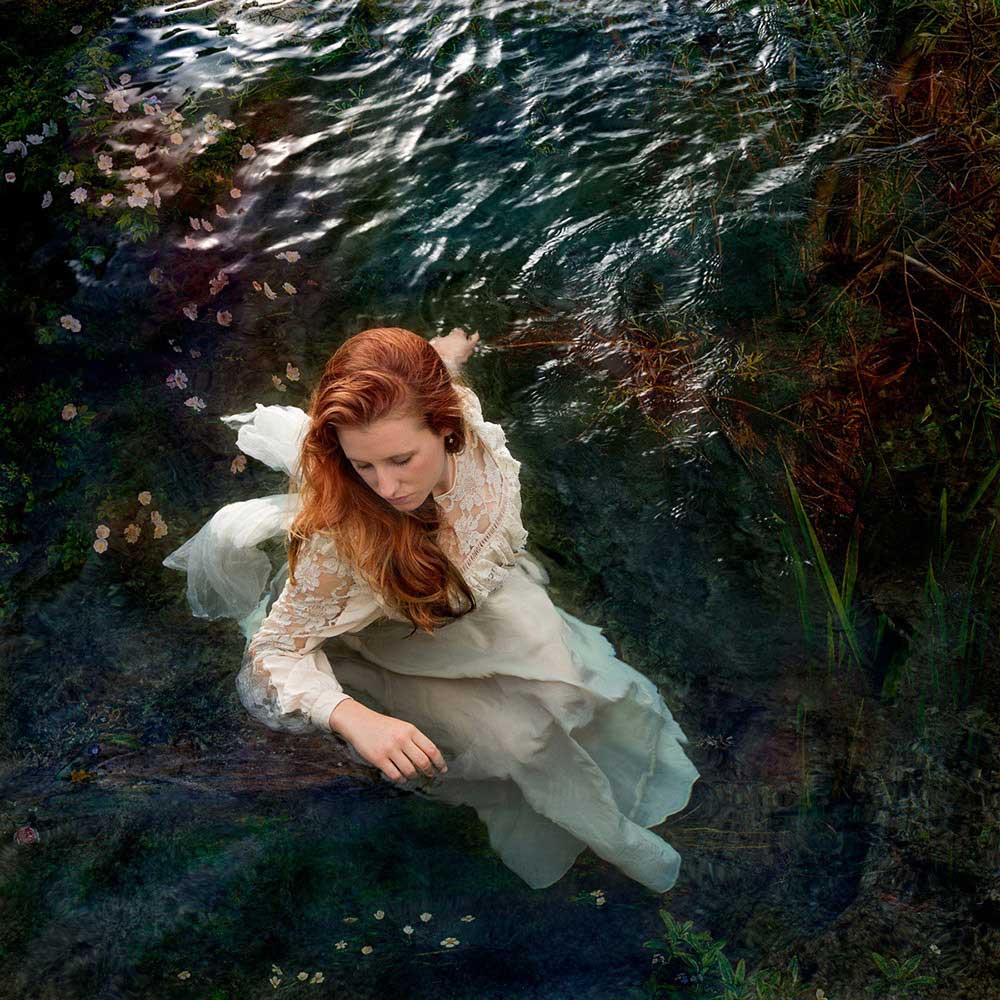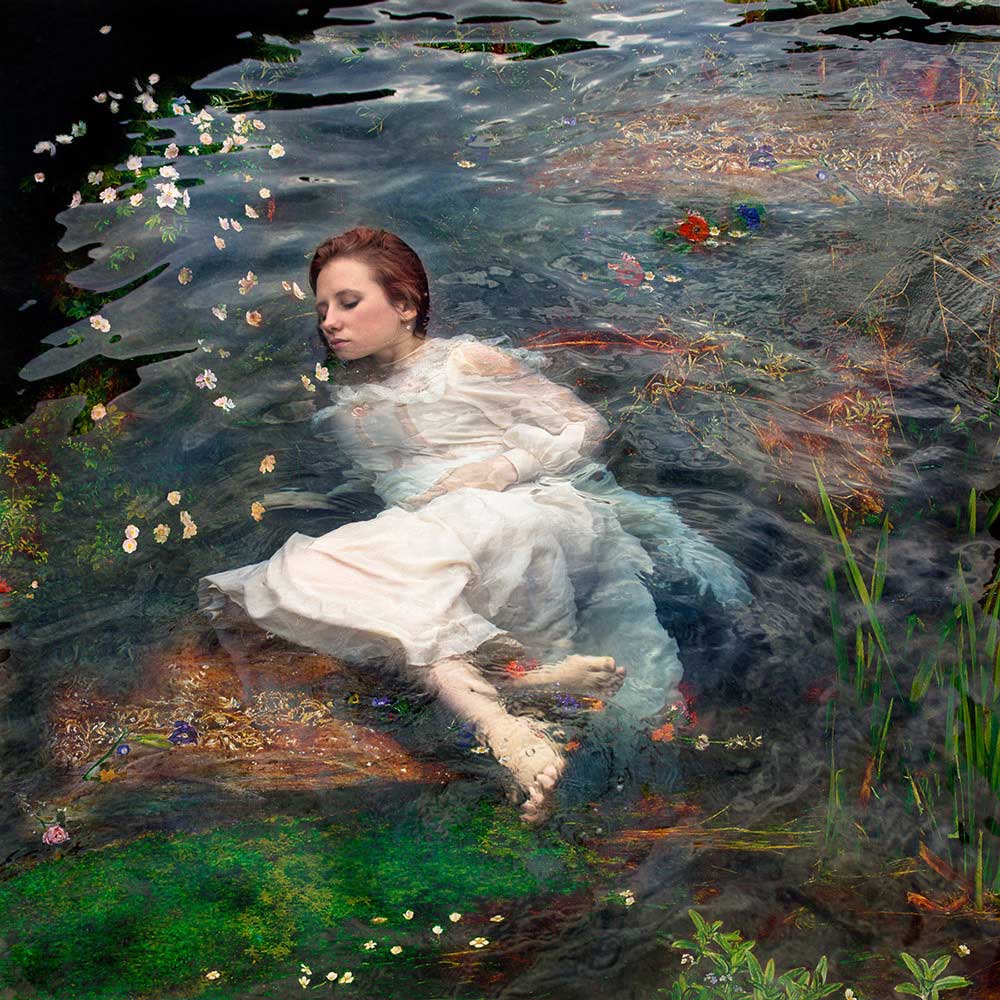The Shakespearean character of Ophelia is immensely complex, and unlike other characters, reveals social dynamics that describe the underlying reality of an entire era.
At no time does this fragile adolescent set out to follow her own will, since she lacks such will as a consequence of it being strongly repressed by the social structure of the time.
A passive death seems to be the only way out, and even so wasn’t a choice either. Let herself go without even avoiding to die drowned was some sort of fate for her. No will nor identity was present, there was no individual.Elisabeth Siddall, painter, poet, and eventually model, poses for Millais in icy waters and contracted severe pneumonia as a result. Siddall commits suicide with laudanum in response to the infidelities of Rossetti, her husband. The ghost of Ophelia materialises in the abandonment and death that traps this artist in tragedy.
The repeated representations make their way into our unconscious, accompanying us on the journey of life as omnipresent ghosts. They remind us of what is acceptable to society, and therefore, what we must emulate to survive in an organised society. In this project, Ophelia rebels against the destiny previously imposed on her and accepted by her. In this new representation, Ophelia does not rise up in belligerent opposition to tradition or in a fight against persistent ideals, but in a blooming of consciousness, an awakening of awareness of her own responsibility for her life, her emotions, her psyche and her destiny.Thus, a change of perception arises, and in spite of continuing in the same life situation, surrounded by old liquefied structures, these give way and become blurred in tenuous glazes that float around, no longer important or authoritative. The change of consciousness generated at will makes possible a new future.
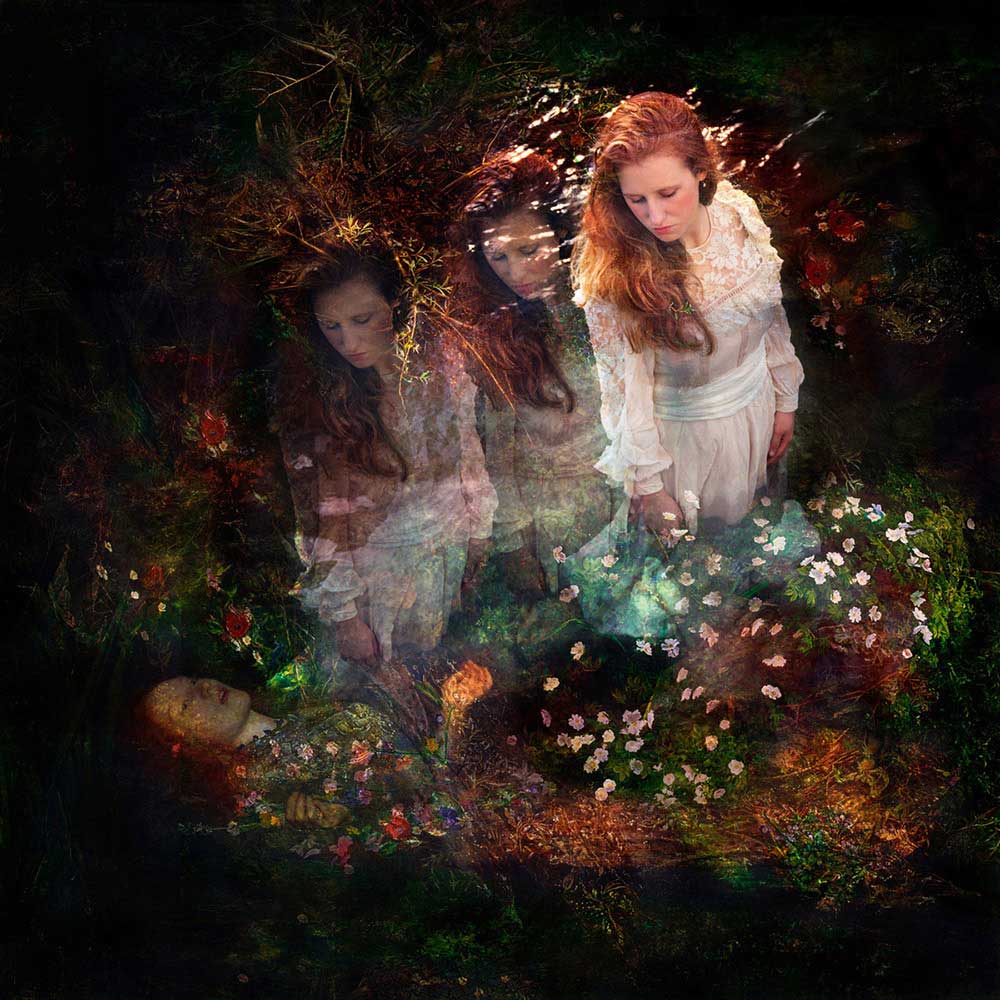
About Beatriz Glez Sa
Beatriz Glez Sa is an interdisciplinary artist. She graduated in Fine Arts /MFA/ from Barcelona University (UB). MA(Ed) Secondary Education (UPC) and MFA Graphic Design. She was awarded a scholarship to study Photography at Nottingham Trent University (UK). She obtained the European “Leonardo Da Vinci” grant for professional training in the UK. She has been working using art with Alzheimer’s patients. The importance of art in health, the development of art and creativity in education, science, ecology, identity, gender, cultural representations and other social matters are often reviewed in her work. She is interested in documentary photography, photojournalism, conceptual, fashion, and product photography, among others. Her work has been Published internationally in magazines and books and it also has been awarded by; IPOTY – International Photographer of the year- (UK) Honorable Mention 2017. TGA- The Gala Awards, (UK); 10Th Edition of The Julia Margaret Cameron Award, Finalist 2017. Neutral Density Photography Awards,(USA); Two Honorable Mentions 2017, Honorable Mention 2016, First Place and Gold Star award 2015. IPA (International Photo Awards); Two Honorable Mentions 2017, Fine Arts Photography awards (UK); 2015, 2016 and _(4 awards)_ 2017. Photographer’s Forum Magazine (USA): Finalist for “Best of Photography” 2015, 2016 and 2017. [Official Website]
